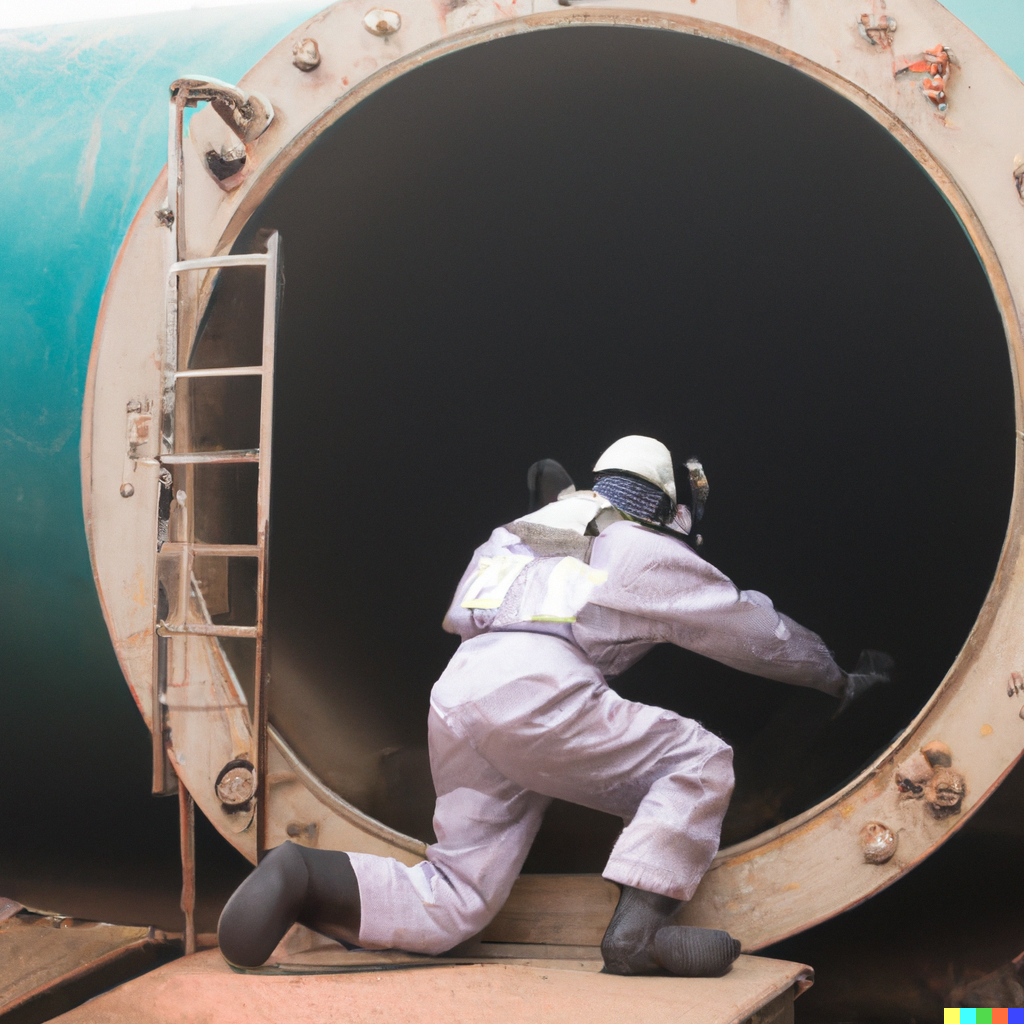
Working in Confined Spaces
Confined space procedures are essential for maintaining a safe work environment for employees who work in confined spaces. Confined spaces are areas that are not designed for continuous occupancy, have limited entry and exit points, and can pose a significant risk to workers due to hazards such as lack of oxygen, toxic gases, or flammable materials.
In this blog post, we will explore the importance of confined space procedures for Australia and highlight some of the key regulations that employers need to be aware of.
- Identifying and managing risks
One of the key reasons why confined space procedures are so important is that they help employers identify and manage the risks associated with working in confined spaces. By conducting a thorough risk assessment before any work is carried out, employers can identify potential hazards and take steps to mitigate them.
These hazards can include the risk of suffocation due to a lack of oxygen, exposure to toxic substances, or the risk of fire or explosion. With the right procedures in place, these risks can be minimised, ensuring that workers are safe and protected.
- Compliance with regulations
In Australia, there are a number of regulations that employers must comply with when it comes to confined space procedures. These regulations are designed to protect workers and ensure that employers take their health and safety responsibilities seriously.
The Work Health and Safety Act & Regulations (2012) sets out the legal requirements for managing risks associated with confined spaces. Employers must comply with these legal requirements and take all necessary steps to ensure adequate safe systems of work are implemented and complied with.
Additionally, AS 2865 – Confined Spacessets out risk control requirements for the safety of persons entering or conducting tasks associated with a confined space.
- Providing proper training and equipment
Confined space procedures also require proper training and equipment for employees who will enter confined spaces. This includes training on how to identify and evaluate hazards, how to use personal protective equipment, and how to safely enter and exit a confined space.
In addition, employers must provide specialised equipment, such as gas detectors and ventilation systems, to ensure the safety of employees who work in confined spaces.
By providing proper training and equipment, employers can help ensure that employees are prepared to work safely in confined spaces.
- Developing emergency response plans
Finally, it is important for employers to have a clear plan in place for responding to emergencies in confined spaces. This should include procedures for evacuating workers in the event of an emergency, as well as providing medical care to anyone who is injured.
By developing a clear and effective emergency response plan, employers can ensure that workers are protected in the event of an accident or emergency.
Summary
Confined space procedures are an essential part of workplace safety in Australia. By identifying and managing risks, complying with regulations, providing proper training and equipment, and developing emergency response plans, employers can ensure that workers are safe and protected when working in confined spaces.
Talk to us about how we can help you implement effective safe systems of work in relation to confined spaces, such as Working in Confined Spaces Procedures; Assessment of confined spaces; Permits to work; Training and equipment requirements; and Confined Space Emergency Response specific to your workplace.
